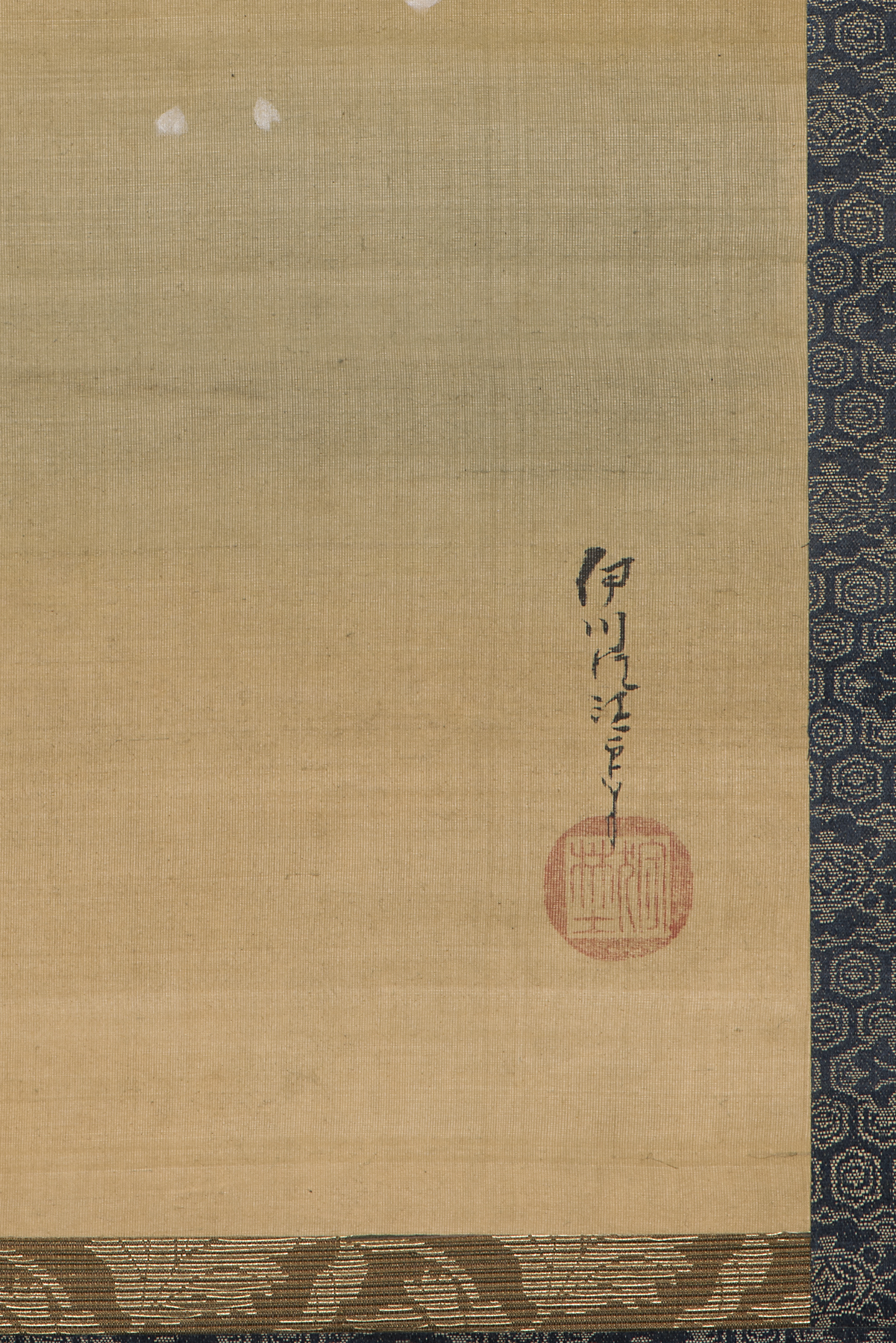Water with Floating Cherry Petals, Kanō Isen'in
Artwork Overview
Kanō Isen'in, artist
1775–1828
Water with Floating Cherry Petals,
late 1700s–early 1800s, Edo period (1600–1868)
Where object was made: Japan
Material/technique: silk; ink; color
Dimensions:
Image Dimensions Height/Width (Height x Width): 810 x 265 mm
Image Dimensions Height/Width (Height x Width): 31 7/8 x 10 7/16 in
Image Dimensions Height/Width (Height x Width): 810 x 265 mm
Image Dimensions Height/Width (Height x Width): 31 7/8 x 10 7/16 in
Credit line: Museum purchase
Accession number: 1969.0049
Not on display
If you wish to reproduce this image, please submit an image request




